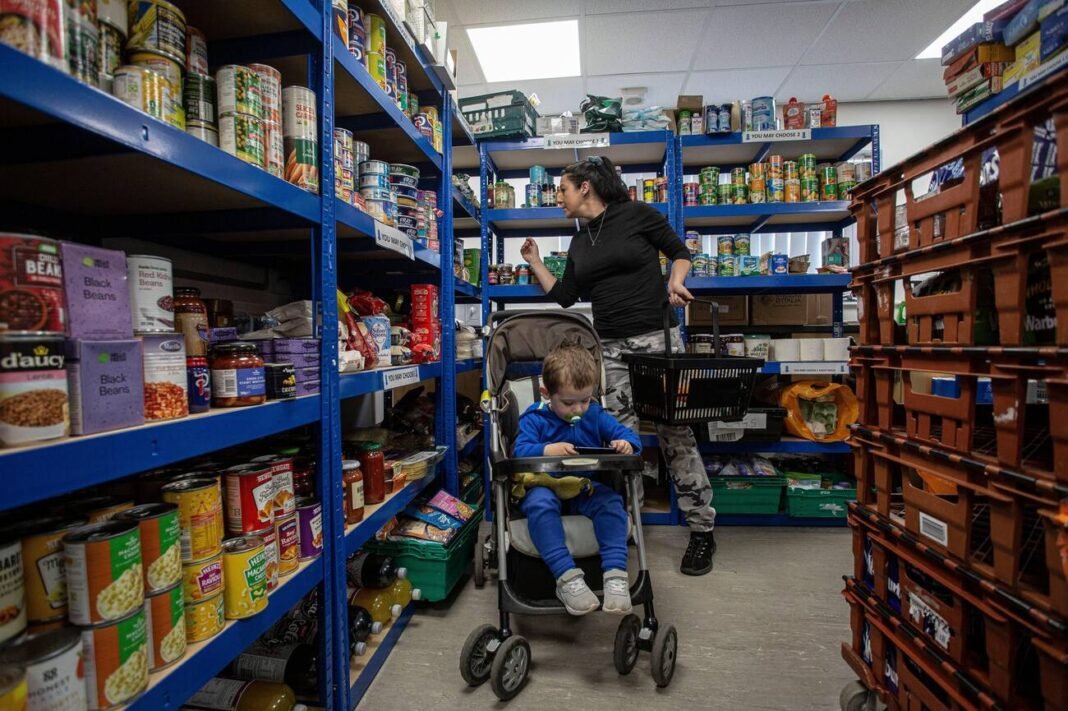The income of different social, ethnic, or even religious classes could demonstrate different things. It is the right of every human being to have enough income regardless of their religion. Based on the Equality Act 2010, the law protects employees from discrimination, harassment, and victimization because of religion or belief. This characteristic is mainly divided into two areas:
· religion and religious belief, and
· philosophical belief.
Across Great Britain, 46% of people identified as Christian. 38% said they had no religion. 6% identified as Muslim, and 2% identified as Hindu. Around 2% identified as Buddhist, Sikh, Jewish, or of another religion. Considering the laws and figures of different religions, the present study delves into a very concise analysis of income inequality by religion in the UK.
An enormous disparity across religious groups is a manifestation of income inequality by religion in the UK.
There is a noticeable income gap between followers of different religions. Shed light on Income inequality by religion in the UK, which could demonstrate the fairness of society. There are interesting facts about this topic. Muslims had the highest percentage living in socially rented accommodation (26.6%), ten percentage points higher than the overall population.
People recognized as “Christian” were most likely to live in households that owned their homes outright (36.0%). It is 8.9 percentage points more than the population (27.1%). This group had a median (average) age of 51 years. It compared with 40 years for the overall population. They may have had a period to pay off a mortgage or loan. The groups with the youngest average ages were those who were introduced” (27 years). The “No religion” group had the lowest percentage living in households that owned their home outdoors.
Income by Religion UK
In 2021, 3.9 million people were “Muslim.” About one-third lived in overcrowded homes, compared to 8.4% of the population. People recognized as “Muslim” had the lowest percentage of people aged 16 to 64 in employment. The next lowest group is among people who reported “Other religion.”
These differences were caused by higher percentages of “economically inactive” people within these religious groups. For example, “Muslims” had the highest percentage of “economically inactive” people. This will give us a view of Income inequality by religion in the UK. Jews and Hindus are at the top, and Muslims have the lowest income level in the UK.
Wealthy Jew
Examining income by religion is necessary. The UK, based on people’s self-reports, that those who are Jewish had the highest median hourly wages of all religious groups in England and Wales. These figures related to 2012 and 2018 (£15.17 and £19.22 respectively). Employees who identified as Hindu have invariably had the second-highest median hourly earnings. In 2018, this was £13.80. Conversely, Muslim employees had the lowest hourly salaries at £9.63 in 2018. This was roughly half of the median hourly earnings of Jewish employees.
Christians were always slightly more likely to report having a degree or matching qualification than all other religious groups. These statistics come from data from England and Wales between 2012 and 2018. In England and Wales in 2018, thirty per cent of adults recognized as Christian (30%) declared having a degree or similar qualification. Those who introduced themselves as Buddhist (48%), Hindu (59%), and Jewish (56%) had higher percentages notifying this than most other religious groups in England and Wales.
Muslims earn less money than Non-Muslim groups.
In 2021, people who identified as “Muslim” were about four times more likely to live in congested residents than the average population of England and Wales. Less than half of those who identified as “Muslim” in 2021 lived in owner-occupied homes (45.6%), compared with 62.8% of the overall population. They had the highest percentage (26.6%) of people who lived in “socially rented” accommodation, compared with 16.6% of the overall population.
In 2021, people who were “Muslim” had the lowest percentage of people aged 16 to 64 in employment. This resulted from the high percentages of people who were scholars or looking after residents or family in this group. In 2021, nearly one in every three people who were “Other religion” were disabled (31.8%). The highest percentage of unpaid carers in 2021 was among “Other religions,” at 14.5%.
Muslim women face some of the highest pay gaps.
British Muslims, as a class, have low wages, qualifications, and employment rates and are at high risk of poverty. The proof as to whether these gaps are attributable to anti-Muslim discrimination or features clustered amongst Muslims is combined.
Muslim women have historically had far lower rates of jobs than Muslim men. However, things are beginning to change. Problems remain, however, as to the quality of this employment and the opportunities it presents for Muslim women.
Race or religion?
Joanne Lindley’s article examined “The effect of religion on the employment and wages of Britain’s ethnic residents”. He said that Over and above religious differences, there is a decisive employment disadvantage for British- and foreign-born. It is non-white males and an earnings disadvantage to foreign-born non-white males. This proves the assimilation of non-white male incomes towards those of whites. However, this research indicates no such assimilation in ethnic unemployment rates. For females, there is no employment penalty for non-whites. However, there is a considerable gains penalty for those not eloquent in English once religious affiliation has been accounted for. Ultimately, this analysis uncovers evidence of a significant disadvantage to Muslims relative to all other non-whites. The residual is a pure Islamic punishment.
A robust correlation exists between inequality and religion. The gap in Income inequality by religion in the UK is one symbol. Societies characterized by high disparities are more religious than those with more egalitarian earnings distributions. The insecurity theory assumes that high inequality provokes intense insecurities and causes people with low incomes to pursue shelter in religion for both psychological and material comfort.

